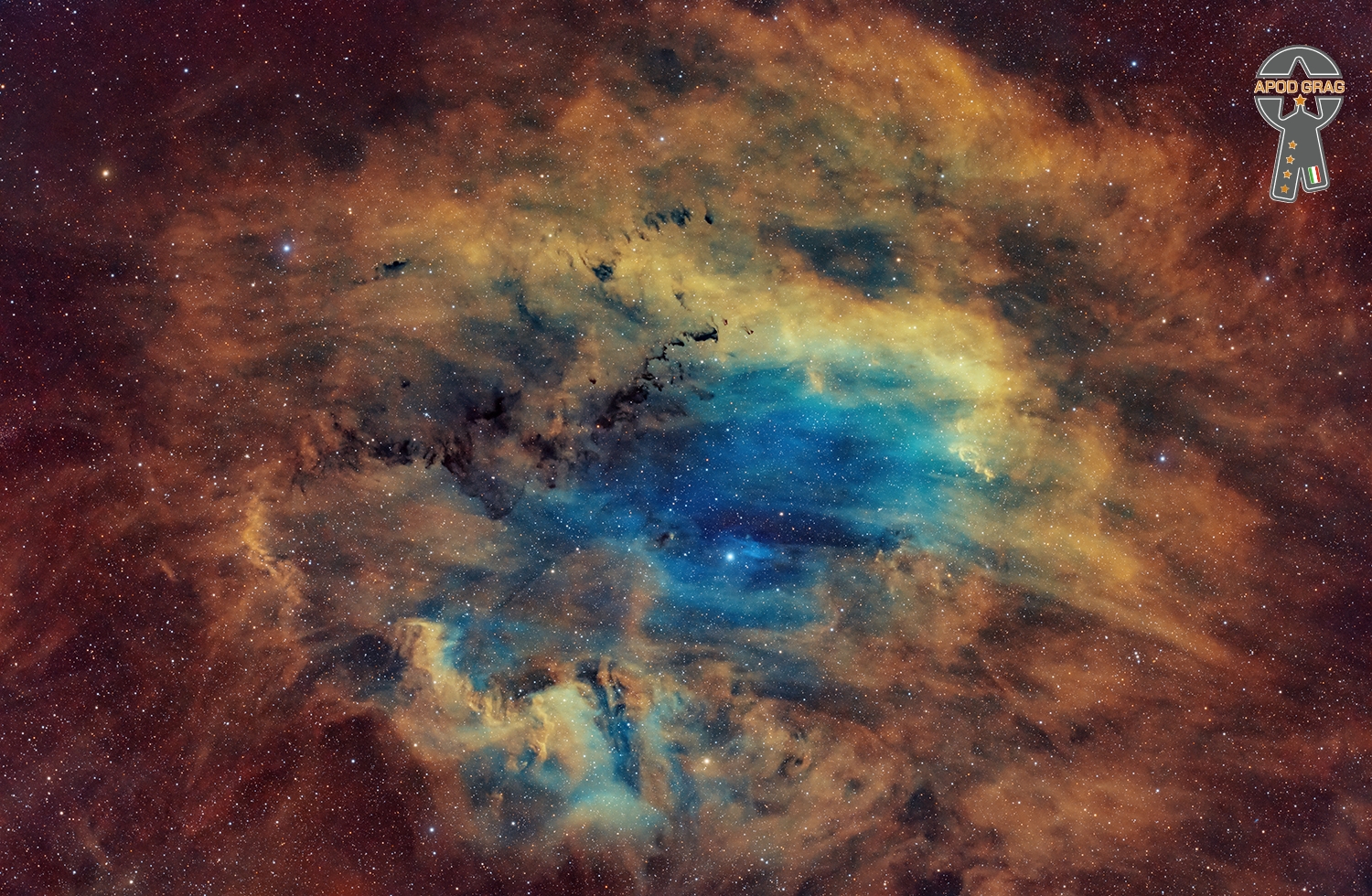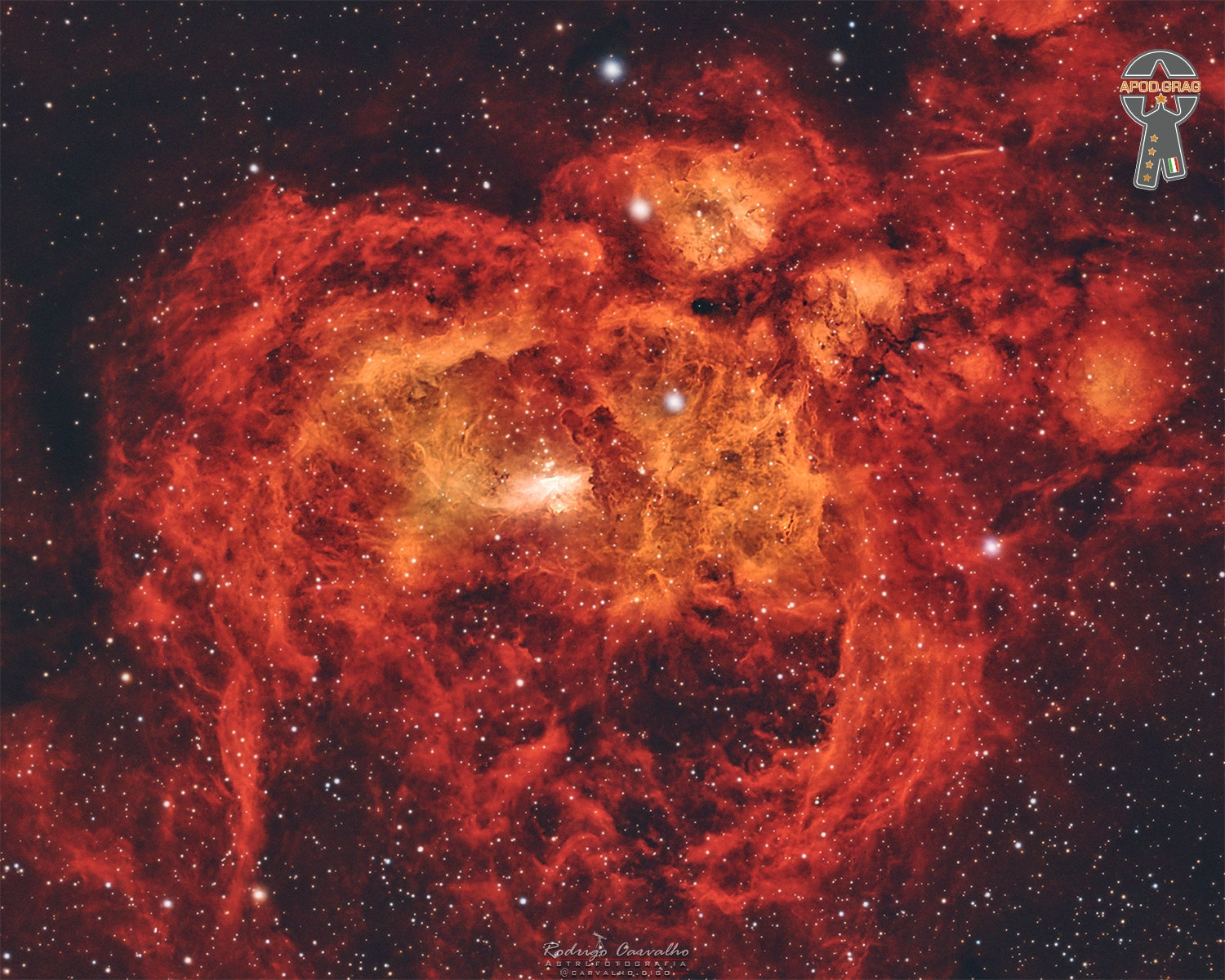Blog
Leslie Coleman McCann (September 23, 1935 – December 29, 2023) was an American jazz pianist and vocalist. He is known for his innovations in soul jazz and his 1969 recording of the protest song “Compared to What“. His music has been widely sampled in hip hop.
During his service in the Navy, McCann won a singing contest, which led to an appearance on The Ed Sullivan Show. After leaving the Navy, McCann moved to California and played in his own trio. He declined an offer to work in Cannonball Adderley‘s band so that he could dedicate himself to his own music. The trio’s first job was at the Purple Onion club in 1959 accompanying Gene McDaniels.
The main part of McCann’s career began in the early 1960s, when he recorded as a pianist with his trio for Pacific Jazz. In 1969, Atlantic released Swiss Movement, an album recorded with saxophonist Eddie Harris and trumpeter Benny Bailey earlier at that year’s Montreux Jazz Festival. The album contained the song “Compared to What“; both reached the Billboard pop charts. The song, which criticized the Vietnam War, was written by Eugene McDaniels years earlier and recorded and released as a ballad by McCann in 1966 on his album, Les McCann Plays the Hits. Roberta Flack‘s version appeared as the opening track on her debut album First Take (1969).
After the success of Swiss Movement, McCann, primarily a piano player, emphasized his vocals. He became an innovator in soul jazz, merging jazz with funk, soul and world rhythms. His music was influential for its use of electric piano, clavinet and synthesizer.
In 1971, McCann and Harris were part of a group of soul, R&B and rock performers–including Wilson Pickett, the Staple Singers, Santana and Ike & Tina Turner–who flew to Accra, Ghana, to perform a 14-hour concert for more than 100,000 Ghanaians. The March 6 concert was recorded for the documentary film Soul to Soul. In 2004, the movie was released on DVD with an accompanying soundtrack album.
McCann had a stroke in the mid-1990s, but he returned to music in 2002, when Pump it Up was released, and continued to release music until 2018. He also exhibited his work as a painter and photographer.
more...Ray Charles Robinson (September 23, 1930 – June 10, 2004) was an American singer, songwriter, musician and composer. He is regarded as one of the most iconic and influential musicians in history, and was often referred to by contemporaries as “The Genius”. Among friends and fellow musicians he preferred being called “Brother Ray”. Charles was blinded during childhood, possibly due to glaucoma.
Charles pioneered the soul music genre during the 1950s by combining blues, jazz, rhythm and blues, and gospel styles into the music he recorded for Atlantic Records. He contributed to the integration of country music, rhythm and blues, and pop music during the 1960s with his crossover success on ABC Records, notably with his two Modern Sounds albums. While he was with ABC, Charles became one of the first black musicians to be granted artistic control by a mainstream record company.
Charles’ 1960 hit “Georgia on My Mind” was the first of his three career No. 1 hits on the Billboard Hot 100. His 1962 album Modern Sounds in Country and Western Musicbecame his first album to top the Billboard 200. Charles had multiple singles reach the Top 40 on various Billboard charts: 44 on the US R&B singles chart, 11 on the Hot 100 singles chart, two on the Hot Country singles charts.
Charles cited Nat King Cole as a primary influence, but his music was also influenced by Louis Jordan and Charles Brown. He had a lifelong friendship and occasional partnership with Quincy Jones. Frank Sinatra called Ray Charles “the only true genius in show business”, although Charles downplayed this notion. Billy Joel said, “This may sound like sacrilege, but I think Ray Charles was more important than Elvis Presley.”
For his musical contributions, Charles received the Kennedy Center Honors, the National Medal of Arts, and the Polar Music Prize. He was one of the inaugural inductees at the Rock and Roll Hall of Fame in 1986. He has won 18 Grammy Awards (five posthumously), the Grammy Lifetime Achievement Award in 1987, and 10 of his recordings have been inducted into the Grammy Hall of Fame. Rolling Stone ranked Charles No. 10 on their list of the 100 Greatest Artists of All Time, and No. 2 on their list of the 100 Greatest Singers of All Time. In 2022, he was inducted into the Country Music Hall of Fame, as well as the Black Music & Entertainment Walk of Fame.
more...John William Coltrane (September 23, 1926 – July 17, 1967) was an American jazzsaxophonist, bandleader and composer. He is among the most influential and acclaimed figures in the history of jazz and 20th-century music.
Born and raised in North Carolina, Coltrane moved to Philadelphia after graduating from high school, where he studied music. Working in the bebop and hard bop idioms early in his career, Coltrane helped pioneer the use of modes and was one of the players at the forefront of free jazz. He led at least fifty recording sessions and appeared on many albums by other musicians, including trumpeter Miles Davis and pianist Thelonious Monk. Over the course of his career, Coltrane’s music took on an increasingly spiritual dimension, as exemplified on his most acclaimed album A Love Supreme (1965) and others. Decades after his death, Coltrane remains influential, and he has received numerous posthumous awards, including a special Pulitzer Prize, and was canonizedby the African Orthodox Church.
His second wife was pianist and harpist Alice Coltrane. The couple had three children: John Jr. (1964–1982), a bassist; Ravi (born 1965), a saxophonist; and Oran (born 1967), a saxophonist, guitarist, drummer and singer. Coltrane died of liver cancer at the age of 40 on July 17, 1967, at Huntington Hospital on Long Island. Biographer Lewis Porter speculated that the cause of Coltrane’s illness was hepatitis, although he also attributed the disease to Coltrane’s heroin use at a previous period in his life. Frederick J. Spencer wrote that Coltrane’s death could be attributed to his needle use “or the bottle, or both.”
more...Sharpless 119, is a large patch of emission in the constellation Cygnus and lies some 2200 light years away. It’s only 2-3 degrees away from the North American and Pelican Nebulae, so is often overlooked. The bright star is 68 Cygni, and is around magnitude 5 and is one of the stars responsible for ionizing the surrounding gas. Riddled throughout this complex are several brighter emission patches and dark nebulae with their own LBN and LDN designations.

William Overton Smith (September 22, 1926 – February 29, 2020) was an American clarinetist and composer. He worked extensively in modern classical music, third streamand jazz, and was perhaps best known for having played with pianist Dave Brubeckintermittently from the 1940s to the early 2000s. Smith frequently recorded jazz under the name Bill Smith, but his classical compositions are credited under the name William O. Smith.
more...Mikalojus Konstantinas Čiurlionis (Polish: Mikołaj Konstanty Czurlanis; 22 September [O.S. 10 September] 1875 – 10 April [O.S. 28 March] 1911) was a Lithuanian composer, painter, choirmaster, cultural figure, and writer in Polish.
Čiurlionis contributed to symbolism and Art Nouveau, and was representative of the fin de siècle epoch. He has been considered one of the pioneers of abstract art in Europe. During his short life, he composed about 400 pieces of music and created about 300 paintings, as well as many literary works and poems. The majority of his paintings are housed in the M. K. Čiurlionis National Art Museum in Kaunas, Lithuania. His works have had a profound influence on modern Lithuanian culture.
more...
Chief Sunday Adeniyi Adegeye MFR (born 22 September 1946), known professionally as King Sunny Adé, is a Nigerian jùjú singer, songwriter, and multi-instrumentalist.He is regarded as one of the first African pop musicians to gain international success and has been called one of the most influential musicians of all time.
Sunny Adé formed his backing band in 1967, eventually known as his African Beats. After achieving national success in Nigeria during the 1970s and founding his own independent label, Sunny Adé signed to Island Records in 1982 and achieved international success with the albums Juju Music (1982) and Synchro System (1983); the latter garnered him a Grammy nomination, a first for a Nigerian artist. His 1998 album Odu also garnered a Grammy nomination. Sunny Adé served as board chairmanof the Musical Copyright Society of Nigeria before it got licensed and was later appointed honorary president of the society in recognition of his leadership role in the society.
more...NGC 6357 is a diffuse nebula near NGC 6334 in the constellation Scorpius. The nebula contains many proto-stars shielded by dark discs of gas, and young stars wrapped in expanding “cocoons” or expanding gases surrounding these small stars. It is also known as the Lobster Nebula. This nebula was given the name War and Peace Nebula by the Midcourse Space Experiment scientists because of its appearance, which, in infrared images the bright, western part resembles a dove, while the eastern part looks like a skull. A petition by anime fans to rename it as the Madokami nebula, due to resemblance with a character, was unsuccessful.
It is located about 5,500 light years away from Earth.

Leonard Norman Cohen CC GOQ (September 21, 1934 – November 7, 2016) was a Canadian singer-songwriter, poet, and novelist. Themes commonly explored throughout his work include faith and mortality, isolation and depression, betrayal and redemption, social and political conflict, and sexual and romantic love, desire, regret, and loss. He was inducted into the Canadian Music Hall of Fame, the Canadian Songwriters Hall of Fame, and the Rock and Roll Hall of Fame. He was invested as a Companion of the Order of Canada, the nation’s highest civilian honour. In 2011, he received one of the Prince of Asturias Awards for literature and the ninth Glenn Gould Prize.
Cohen pursued a career as a poet and novelist during the 1950s and early 1960s, and did not begin a music career until 1966. His first album, Songs of Leonard Cohen(1967), was followed by three more albums of folk music: Songs from a Room (1969), Songs of Love and Hate (1971) and New Skin for the Old Ceremony (1974). His 1977 record Death of a Ladies’ Man, co-written and produced by Phil Spector, was a move away from Cohen’s previous minimalist sound.
In 1979, Cohen returned with the more traditional Recent Songs, which blended his acoustic style with jazz, East Asian, and Mediterranean influences. Cohen’s most famous song, “Hallelujah“, was released on his seventh album, Various Positions(1984). I’m Your Man in 1988 marked Cohen’s turn to synthesized productions. In 1992, Cohen released its follow-up, The Future, which had dark lyrics and references to political and social unrest.
Cohen returned to music in 2001 with the release of Ten New Songs, a major hit in Canada and Europe. His eleventh album, Dear Heather, followed in 2004. In 2005, Cohen discovered that his manager had stolen most of his money and sold his publishing rights, prompting a return to touring to recoup his losses. Following a successful string of tours between 2008 and 2013, he released three albums in the final years of his life: Old Ideas (2012), Popular Problems (2014), and You Want It Darker(2016), the last of which was released three weeks before his death. His posthumous, fifteenth, and final studio album Thanks for the Dance, was released in November 2019.
In 2023, Rolling Stone ranked him number 103 in their “200 Greatest Singers of All Time” list.
more...James Marcellus Arthur “Sunny” Murray (September 21, 1936 – December 7, 2017) was an American musician, and was one of the pioneers of the free jazz style of drumming.
Murray was born in Idabel, Oklahoma, where he was raised by an uncle who later died after being refused treatment at a hospital because of his race. He began playing drums at the age of nine. As a teen, he lived in a rough part of Philadelphia, and spent two years in a reformatory. In 1956, he moved to New York City, where he worked in a car wash and as a building superintendent. During this time, he played with musicians such as trumpeters Red Allen and Ted Curson, pianist Willie “The Lion” Smith, and saxophonists Rocky Boyd and Jackie McLean.
more...Charles Thomas Potter (September 21, 1918 – March 1, 1988) was an American jazz double bass player, best known for having been a member of Charlie Parker‘s “classic quintet”, with Miles Davis, between 1947 and 1950.
Born in Philadelphia, Pennsylvania, Potter had first played with Parker in 1944, in Billy Eckstine‘s band with Dizzy Gillespie, Lucky Thompson and Art Blakey.
Potter also performed and recorded with many other notable jazz musicians, including Earl Hines, Artie Shaw, Bud Powell, Count Basie, Sonny Rollins, Stan Getz, Max Roach, Eddie Heywood, Tyree Glenn, Harry “Sweets” Edison, Buck Clayton and Charles Lloyd.
more...Leroy Eliot “Slam” Stewart (September 21, 1914 – December 10, 1987 Englewood, NJ) was an American jazz double bass player, whose trademark style was his ability to bow the bass (arco) and simultaneously hum or sing an octave higher. He was a violinist before switching to bass at the age of 20.
Stewart found regular session work throughout the 1940s with Lester Young, Fats Waller, Coleman Hawkins, Erroll Garner, Art Tatum, Johnny Guarnieri, Red Norvo, Don Byas, Benny Goodman, and Beryl Booker. One of the most famous sessions he played on took place in 1945, when Stewart played with Dizzy Gillespie‘s group (which featured Charlie Parker). Out of those sessions came some of the classics of bebopsuch as “Groovin’ High” and “Dizzy Atmosphere“.
He taught at Binghamton University in Binghamton, New York, and at Yale University. He died of congestive heart failure on December 10, 1987, in Binghamton, aged 73.
more...More Posts
- Bojangles Robinsosn
- FREE UKRAINE Роман Скорпіон Roman Scorpio
- Daily Roots with Earl Sixteen
- Cosmos Milky Way/Rho Ophiuchi
- Charles Earland
- Bob Dylan
- Prince Buster
- Archie Shepp
- SUPPORT UKRAINE THE UKRAINIAN FOLK
- Daily Roots Al Campbell
- Cosmos Lunar Eclipse 2022
- Nat Adderley Jr.
- Famoudou Don Moye
- Fred Guy
- STOP THE WAR DakhaBrakha
- Daily Roots The Ovations
- Cosmos Sh2-64
- Ian Underwood
- Sun Ra
- Richard Wagner

